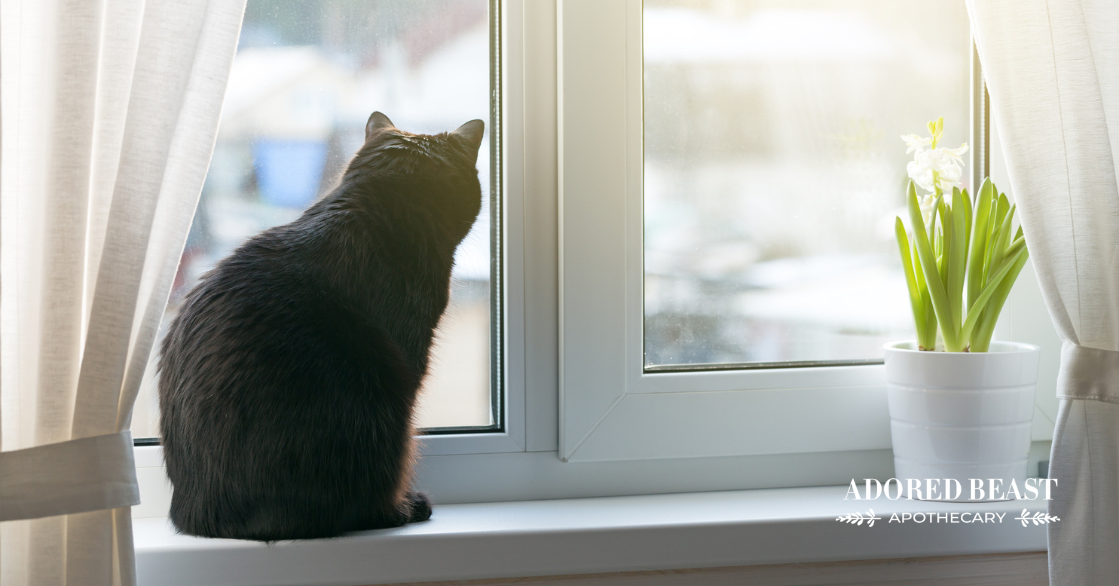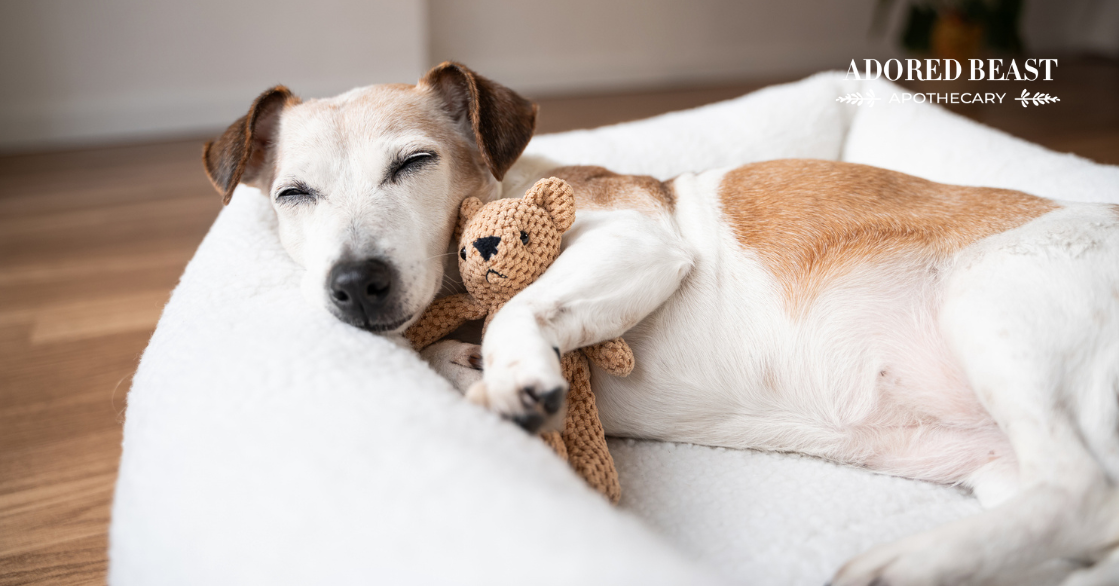There are times when our animals will have to be on medications. This goes without saying. When used with respect, and proper care, they can be life saving.
Antibiotics for dogs and cats are often prescribed by vets in just such situations…
The bad news: just because these drugs may be necessary, doesn’t mean they can’t do harm at the same time.
The good news: there’s a lot that you can do to mitigate the side effects and support your pet after antibiotics.
Antibiotics for Dogs and Cats – The Good and Bad
Antibiotics for dogs and cats (any human or animal, really) inhibit or stop the growth of microorganisms (bacteria). They can be a crucial tool for helping your pet fight off dangerous infections.
The problem is, antibiotics can be really good at their job. And by this we mean they are indiscriminate. They don’t pick and choose. They not only kill the bad bacteria in the gut, they also kill the good bacteria.
This beneficial bacteria have essential functions to keep the body in balance. They support your pet’s immune system, assist with digestion, and even help produce necessary vitamins and nutrients.
When they’re destroyed alongside the bad bacteria, this leaves your pet vulnerable in the aftermath of the treatment… gut health, after all, is the foundation for overall health. If the gut isn’t functioning at peak level, it could mean the rest of the body is at risk. Antibiotics are often given when the immune system is not able to fight an infection naturally, but the oxymoron is that antibiotics can destroy vital bacteria that is detrimental to the gut and the gut is responsible for over 80% of the immune system!
2 Important Questions
So, while required in some cases, an infection for example, you need to be sure of 2 important things:
- Are they actually necessary?
- Are they giving the right ones?
You don’t want to approach antibiotics lightly. If the vet prescribing the antibiotics says they’re necessary, then yes, it’s important that they’re given.
However, if your vet says they’re not 100% needed, discuss other options.
And, if they are in fact necessary, be absolutely sure you’re giving the right ones. With repeated use, our animals can form resistance to antibiotics, meaning a round can be given, not be effective, then another kind will have to be prescribed. This just prolongs the use of antibiotics and therefore the damage to the gut as a result. It can also easily result in an antibiotic resistant bacteria, meaning the bacteria you are trying to fight shifts gears and becomes resistant to ANY antibiotic you will give. This is very dangerous! You want to avoid that vicious merry-go-round as much as possible.
You do this by taking culture and sensitivity tests. For example, with a urinary tract infection, a sample of the urine is taken and sent to a lab to be cultured to see what antibiotics will in fact work. The same can be done with a swab of the infection in an ear…
If it is a systemic infection it is more difficult, but if blood work is done (which it absolutely should be) you can see how the organs are doing and your vet can prescribe based on that.
How to Help a Pet After Antibiotics
Ok, the antibiotics are complete. Now what?
In addition to a really clean raw food diet, there are several things that you can do to support your dog or cat after a round of antibiotics.
1. Probiotics
To help rebuild the gut microbiome after a round of antibiotics for dogs or cats, you want to add probiotics to the diet. Probiotics are that friendly bacteria we mentioned earlier.
- Look for diverse strains, not just 1 or 2 but more like a minimum of 14 or if you can find a true canine and feline species specific
- Find probiotics with high colony forming units (CFUs)
- Consider species-specific probiotics. This means they come from same species as your pet, rather than just generic probiotics. Different animals have different pH levels, and these levels can affect the viability and effectiveness of the probiotic. Different species also require different metabolic functions that are more specific.
2. Prebiotics
Prebiotics feed the probiotics and help them thrive. It’s not a good idea to just feed probiotics and hope for the best – they will often actually die in the gut if they’re not fed, and you run a huge chance of just wasting them. Good sources are larch, or fermented vegetables (here’s how to make them). We’re also launching a new line of prebiotics soon, so keep an eye out!
3. Antioxidants
In normal conditions, antioxidants in the body minimize the effects of reactive oxygen species (ROS). When antibiotics are used, however, ROS levels rise, which induces oxidative stress to the cells, ultimately killing the cells. You want to inhibit that as much as possible.
Phytoplankton is a favourite because it has the ability to be completely bioavailable in a body that is having a hard time digesting or simulating any kind of high level nutrients. (This happens all the time when the body is ill or if it has just gone through an illness or if the gut is reacting to the antibiotic.) It has huge amounts of superoxide dismutase, which is the one of the strongest antioxidants known to man. Berries and certain medicinal mushrooms are also good sources of other antioxidants.
4. Medicinal Mushrooms
Medicinal mushrooms help to support the immune system after antibiotics. In Japan, turkey tail mushrooms are actually prescribed with immunosuppressive drugs and cancer therapy like chemotherapy and radiation. And chaga mushrooms have high, high levels of antioxidants!
5. Detoxifying Herbs
Herbs like milk thistle, dandelion root, and chelidonium support the liver and the kidneys – this is really paramount. Many drugs – including antibiotics – need to be filtered through the liver and the kidneys so they need all the help they can get so you are not dealing with a different disease that has been created by the drug. Our Liver Tonic is a great way to gently do this.
Final Thoughts
If you’ve had to use antibiotics for dogs or cats to help the healing process, that’s ok. Chances are, they were wholly necessary and could not be avoided.
And luckily, as you can see, there are many different ways you can support your pet’s body after their use.
In the future, make sure that you are always ensuring that the effects of antibiotic or any drug use are mitigated with the proper support to help your adored beast rebound as fast as possible and get them back on track to health and wellness!












